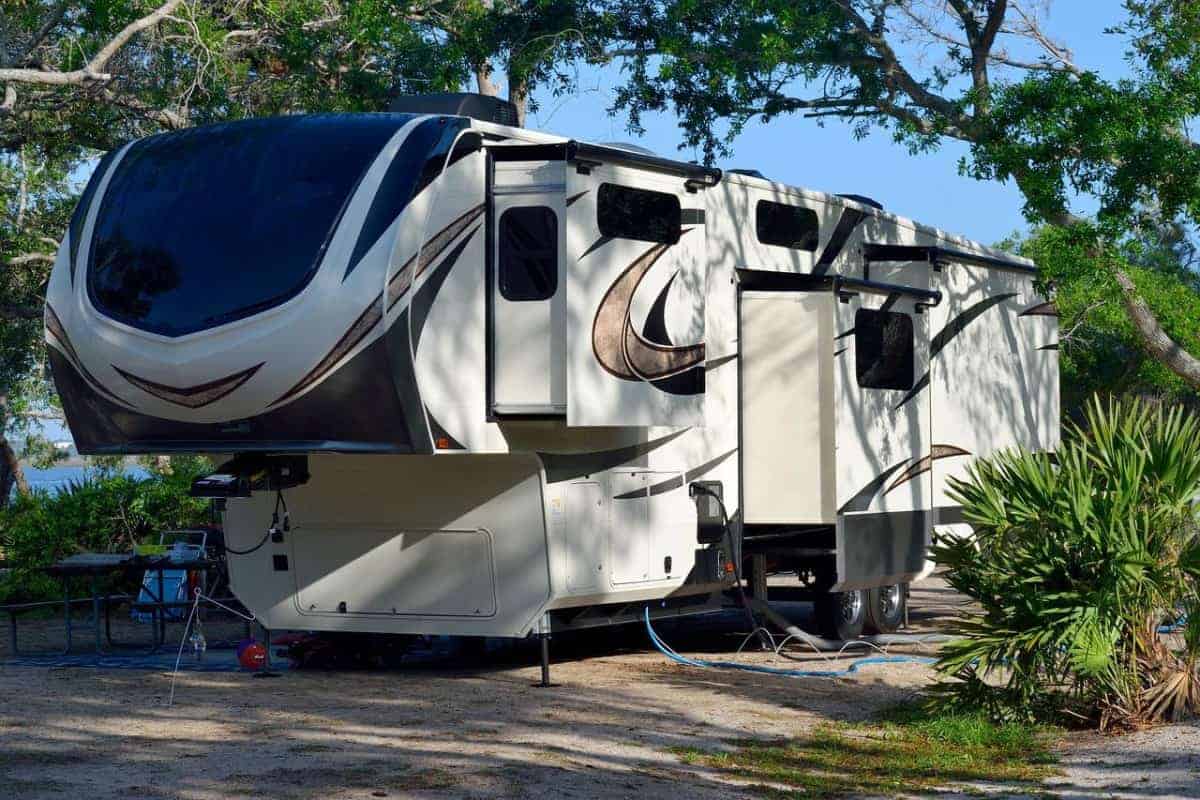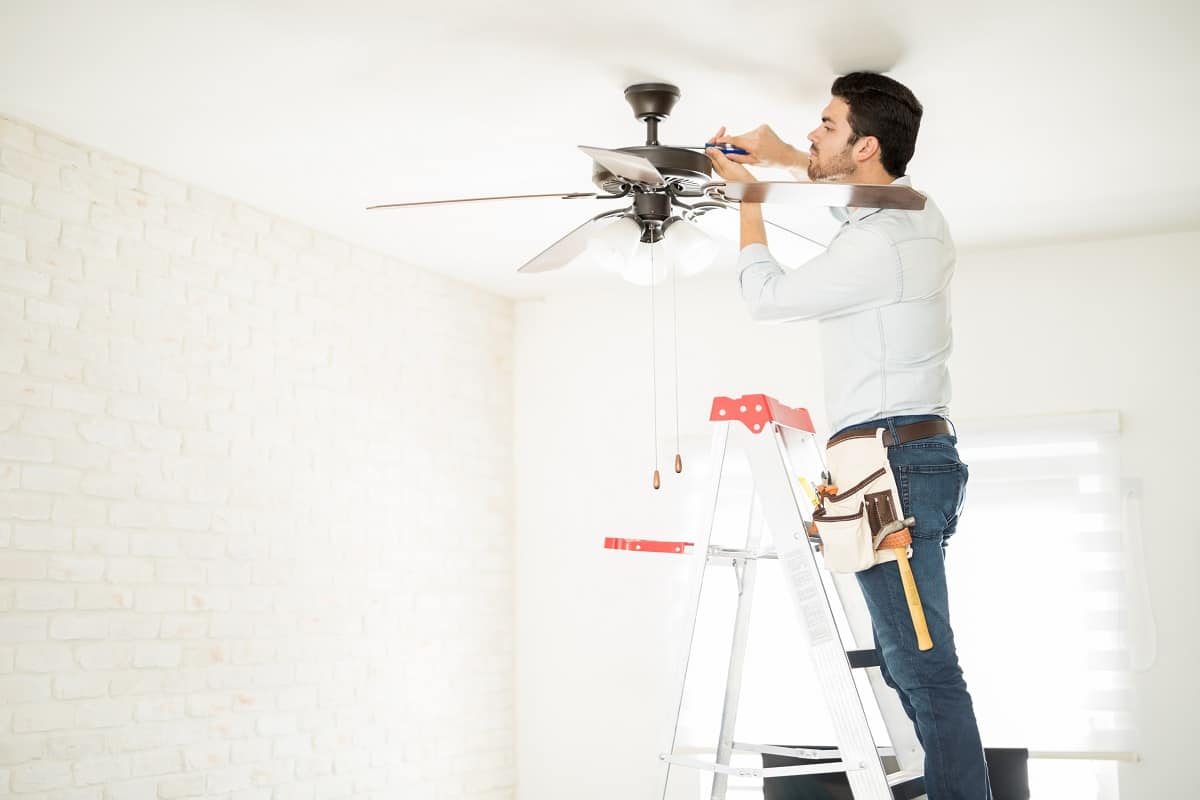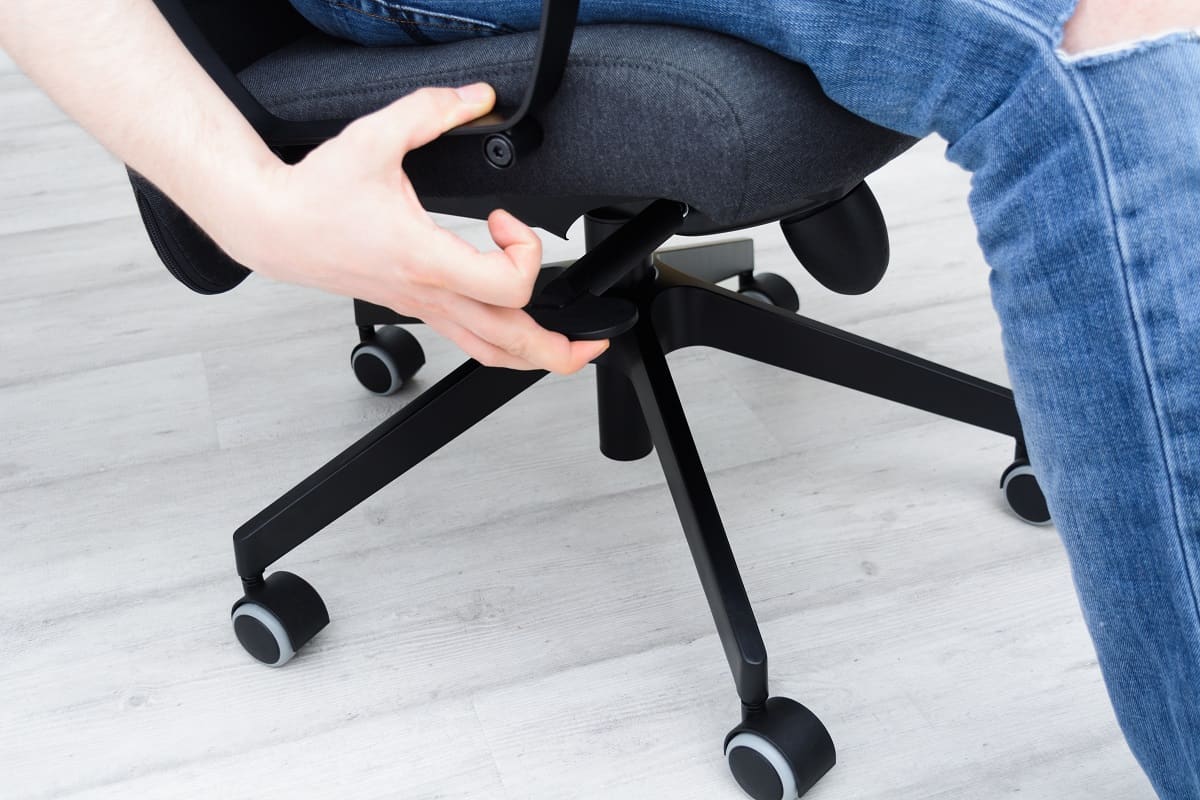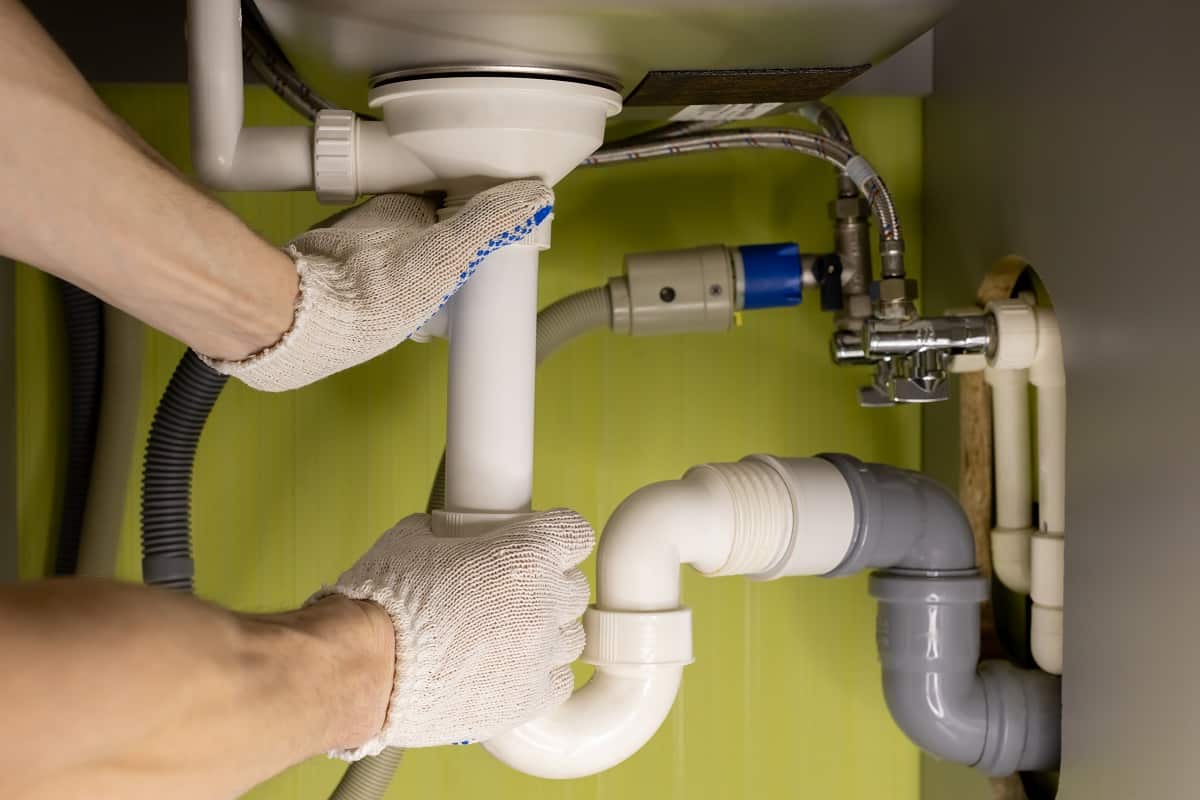We’ve all experience doors randomly slamming, or slamming to even the slightest touch. What causes this problem, and how can you solve it? Chances are, if you’re reading this you’re looking for a solution. Luckily, we’ve got you covered. In the following paragraphs, we’ll take a look at potential reasons for door slamming and some useful tips and tricks on how you can prevent that from happening in the future.
No, your doors aren’t slamming because you have ghosts in your home. Nothing spooky is going on. Slamming doors is a common occurrence, which we’ll now show you how to solve. So, without further ado, let’s get started!
Why Do Doors Slam?
Windows Left Open
Sometimes you just forget you left one of the windows open. All of a sudden, as you’re calmly watching TV, you get startled by the door that just slammed. So, what happened? Well, open windows in the house can the pressure inside the house. Due to outside air and wind entering through the window, and the inside air exiting through the same window, there is a change in air movement inside the home.
Now, that air movement alone can be pretty strong; strong enough to cause the doors to just slam. So, for starters, make sure the windows are closed in the room, or, if you want to leave the windows open, then keep the doors shut. So, to prevent the doors from slamming, always make sure either the windows or the doors are closed.
Uneven Doors
In case the doors are uneven, chances are they’re slamming on there, all the time. Because the unevenness creates a swing, even with the slightest air movement, the doors slam and create a loud noise. Now, depending on the weight of the door, or the air current in the house, the doors can swing more or lose, which makes them either slam harder or lighter. We’ll talk about this issue more in the following paragraphs and how it can be fixed.
Other Reasons
Doors can slam shut due to issues with the joints or arm attachments. This is a common issue, that often occurs due to improper door installation in the first place. Other than this, the doors are probably too heavy if they keep slamming without any reason, or you probably don’t have a doorstop.
Without a doorstop, nothing can stop the doors from moving, and as a result, from slamming with the slightest breeze. Of course, we would advise door stop installation if possible, but even then, you may still experience door slamming if the issue is caused by the actual door and joints.
Our Tips for Preventing Door Slamming (And They Work 100%)
Using Foam Strips

Foam strips are excellent if you want a quick, cheap fix for this problem. The foam is installed or rather placed directly onto the door frame. You should cut the foam strip into the required size and length, and start applying from the very corners, onto the entire door frame. The foam strips should, in the end, outline the door frame and act as slam-proof strips.
We recommend you clean the door with soapy water and a cloth, apply the strips (lightly), and enjoy the silence, away from all the slamming noise. One more thing; don’t strick the strips too forcefully onto the door frame; in case you want to remove them, you may want to go light with the adhesive part of the strips.
- Check out the MAGZO Door Stripping Adhesive Foam on Amazon!
Checking Door Hinges

Checking the door hinges is essential in preventing door slamming. Improperly installed door hinges can make the door swing easily or have them hang unevenly. So, make sure to check the currently installed door hinges, or acquire new ones. Either way, make sure they are properly screwed and tightened up. To tighten them up, make sure to screw in a clockwise direction; this will increase the tension and affect the door swinging speed (or slow the door down).
Check whether they’re placed evenly as well, and if not, make sure to reinstall everything. To reinstall the hinges, make sure to remove the door completely, and reinstall or tighten up the highest onto the door frame. This is a pretty low-coast endeavor, or it can cost you nothing if the problem is only in improperly screwed hinges.
Installing a Door Closer

So, you’ve used the foam, and even checked the hinges? All seems to be in order, but the doors are still slamming? Well, maybe you should consider installing a door closer. Now, when it comes to door closers, you can choose between a pneumatic or hydraulic door closer.
The pneumatic door closer is generally discreet, and pretty easy to install. It allows for 90-degree door opening but ensures the doors move or close quice smoothly. There will be no door slamming with this closer, but you may need to grease it from time to time just to ensure a smooth operation.
On the other hand, there is the hydraulic door closer which is pretty visible and generally requires more space. You may have a harder time installing this bad boy but it will surely keep the door from slamming. Once installed, the door closer allows for smooth door opening and closing, without any sudden slamming.
So, regardless of which door closer you choose to go with, you can expect to spend some time on the actual installation, but excellent results.
Using a Bumper
Now, it can surely help to follow all the aforementioned recommendations and still install a bumper to protect the knob. As the doors more and slam, the knob is the first thing to hit the wall, which can as a result damage the wall and creates a really unpleasant sound when slamming. So, to protect both, the wall and the knob, we recommend you install a self-adhesive bumper.
Now, the bumpers are generally clear, made from rubber, plastic, or foam (which is colored). The bumpers are pretty cheap and if you want, you can even paint them to fit your interior color scheme better. They’re pretty easy to install as well. All you have to do is remove the adhesive protection sheet, stick the bumper onto the wall, at the same height as the doorknob, and you’re done!
Using Door or Finger Pinch Guards
A door or finger pinch guard is a small foam product designed to protect kids’ fingers from pinching in case the doors close or slam. They’re also excellent at preventing the door from slamming. All you have to do is place a pinch guard onto the door, above the handle. As such, the guard will create up to 1.5 inches of free space between the door frame and the door itself. So, even if the doors move and try to slam, the impact would be completely absorbed by the foam, as the door won’t hit the frame.
Using Felt Pads
And finally, we recommend you go for felt pads to prevent the door from slamming and creating that loud, unpleasant sound. These pads are pretty easy to install. Buy a pack, and take a pad to place onto the inside of the door frame. Place another pad above the handle and the lock; in this case, you’ll use 2 pads. And, that’s it! These pads come with a self-adhesive surface, and if you want to remove them, they’re pretty easy to unstick from the door surface as well. With these pads, you’ll say goodbye to all the door slamming, once and for all.
Final Thoughts
Preventing door slamming isn’t really hard. Through checking the basics, like door hinges, or by keeping one of the two, doors or windows, closed, you can pretty easily and quickly have everything under control. However, if this doesn’t seem to help you out as expected, feel free to follow our recommendations for anti-door slam products. These products are generally cheap, and you can buy them in almost any DIY, housework store. We would point out the specific door closers as a more expensive solution, but probably the most effective out of all. Either way, check them out, try them out too and see which solution fits your door issue the most.











